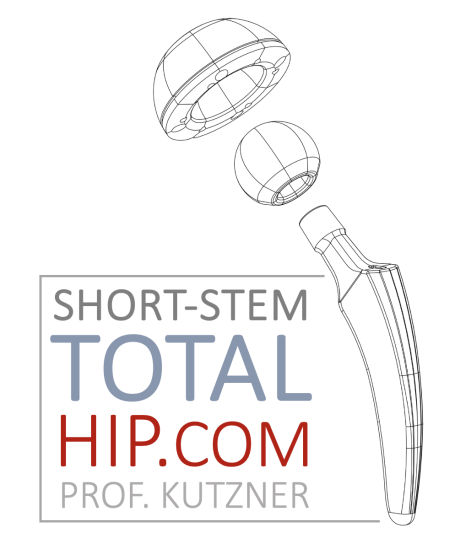Global perspectives on short-stem total hip arthroplasty

As short-stem total hip arthroplasty continues to evolve globally, the exchange of knowledge, experiences, and research findings will contribute to refining surgical practices and optimizing outcomes. The dynamic interplay of regional perspectives, cultural influences, and collaborative efforts will shape the trajectory of short-stem THA on a global scale.
The world is getting to know short-stem THA
Adoption Trends and Regional Variances
The adoption of short-stem total hip arthroplasty (THA) varies across regions, reflecting a dynamic interplay of factors such as surgical practices, healthcare systems, and patient demographics. While short-stem THA has gained popularity in certain regions, its prevalence may differ based on the preferences of orthopedic surgeons, regulatory considerations, and cultural influences.
In some regions, there is a growing trend toward the adoption of short-stem implants, driven by the potential advantages they offer in terms of bone preservation, minimized invasiveness, and faster recovery. Other areas may exhibit a slower adoption rate, influenced by factors such as established practices, the availability of long-term outcome data, and surgeon familiarity with traditional approaches.
Cultural and Socioeconomic Considerations
Cultural and socioeconomic factors play a pivotal role in shaping the landscape of orthopedic interventions, including the choice between short-stem and traditional long-stem THA. Patient preferences, beliefs, and cultural attitudes toward surgery can influence the decision-making process. Additionally, economic considerations, such as healthcare infrastructure, reimbursement policies, and access to advanced technologies, contribute to regional variations in the adoption of short-stem THA.
Understanding the cultural and socioeconomic context is crucial for tailoring approaches to patient education, shared decision-making, and the implementation of innovative technologies. Global perspectives on short-stem THA necessitate an awareness of the diverse factors that influence the acceptance and integration of this surgical approach within different healthcare systems.
Collaborative Research Initiatives
The field of orthopedics benefits from collaborative research initiatives that transcend geographical boundaries. International partnerships and multicenter studies contribute to a more comprehensive understanding of short-stem THA outcomes, patient satisfaction, and the impact of cultural and regional factors on surgical preferences.
Collaborative research facilitates the pooling of data from diverse patient populations, allowing for more robust analyses and generalizable findings. Shared insights and collaborative efforts enhance the evidence base for short-stem THA, fostering a global perspective that informs best practices and contributes to the ongoing evolution of hip replacement surgery.
Training and Education Programs
The dissemination of knowledge and expertise in short-stem THA is a global endeavor, with training and education programs playing a vital role in ensuring the proficiency of orthopedic surgeons worldwide. International collaboration in educational initiatives, workshops, and training courses allows for the exchange of skills, techniques, and best practices.
Orthopedic associations, professional societies, and academic institutions contribute to the global standardization of training programs for short-stem THA. Surgeons from diverse regions benefit from shared experiences, fostering a community of practitioners who are adept in the nuances of this innovative surgical approach.
Challenges and Opportunities in Global Implementation
While short-stem THA holds promise as a transformative approach to hip replacement surgery, its global implementation is not without challenges. Disparities in access to advanced technologies, variations in healthcare infrastructure, and differences in regulatory frameworks present obstacles to uniform adoption.
However, these challenges also present opportunities for collaborative efforts aimed at addressing disparities and ensuring equitable access to innovative orthopedic interventions. Research collaborations, educational initiatives, and advocacy for standardized practices contribute to overcoming challenges and fostering a global environment that prioritizes patient-centered care.

Short-stem THA is more than a surgical technique. It represents a commitment to advancing the field, improving patient outcomes, and adapting to the ever-changing landscape of orthopedics. The future holds promise with the integration of cutting-edge technologies, personalized approaches, and a global perspective that transcends geographical boundaries.
Wir benötigen Ihre Zustimmung zum Laden der Übersetzungen
Wir nutzen einen Drittanbieter-Service, um den Inhalt der Website zu übersetzen, der möglicherweise Daten über Ihre Aktivitäten sammelt. Bitte überprüfen Sie die Details in der Datenschutzerklärung und akzeptieren Sie den Dienst, um die Übersetzungen zu sehen.

